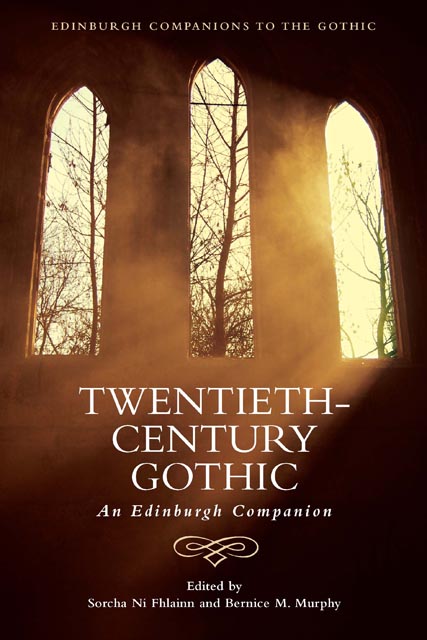16 - Queer Gothic Literature and Culture
Published online by Cambridge University Press: 18 November 2022
Summary
Since the first Gothic novel, Horace Walpole's The Castle of Otranto (1764), the Gothic has included themes of transgressive sexuality. The novel begins with the death of Conrad, a young man who is engaged to be married to Isabella. After a giant helmet falls from the sky and crushes him, his father Manfred decides that he will take the place of his dead son and marry the young woman who had been positioned to be his daughter-in-law. Following this declaration, Manfred frantically attempts to control the fracturing of his patriarchal power by chasing Isabella through dark subterranean passages, imprisoning those who interfere with his plans, and dodging ancestral ghosts and giant appendages. Walpole's novel is credited with establishing the hallmarks of what would come to be known as Gothic fiction. These hallmarks include haunting, medieval castles, Catholic monasteries, catacombs, supernatu-ral prophetic occurrences, subterranean passages, ancestral curses, terrorised vulnerable women and eroticised power dynamics. These themes and tropes recurred throughout the centuries that followed and have come to be recognised as ‘Gothic’, but in addition to these more recognisable Gothic tropes, eighteenth-century Gothic fiction also established the enduring and pervasive relationship between the Gothic and non-heteronormative genders and sexualities, often known as ‘queer Gothic’.
Though ‘queer’ initially denoted oddness or peculiarity, the term later developed as a derogatory epithet for homosexuals, but by the late twen-tieth century queer had been reclaimed by many in the LGBT (lesbian, gay, bisexual, transgender) community as a marker of politicised resistance to the original stigma of the term. Susan Stryker notes that this use of queer first appeared on flyers at the 1990 New York Pride march after being adopted by the political protest group ACT-UP (AIDS Coalition to Unleash Power), and today it often stands for a defiant, anti-normative positionality. However, queer also functions as an umbrella term that broadly represents a ‘range of nonnormative sexual practices and gender identifications’ both including and exceeding the meanings of lesbian, gay, bisexual and transgender. The broad understanding of queer as both odd and as indicating non-normative genders and sexualities helps us understand the way the term is conceptualised in relation to the Gothic.
- Type
- Chapter
- Information
- Twentieth-Century GothicAn Edinburgh Companion, pp. 259 - 272Publisher: Edinburgh University PressPrint publication year: 2022



